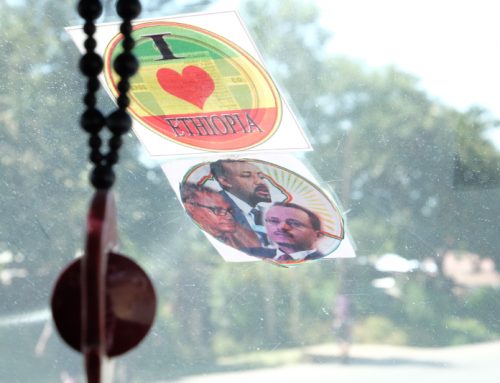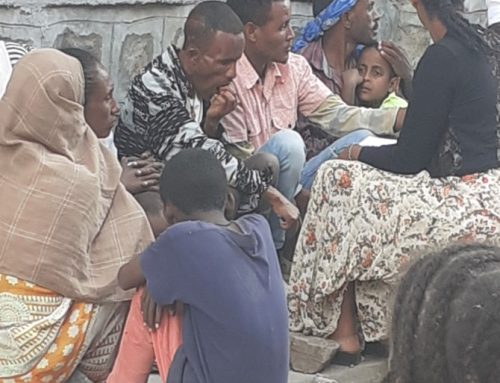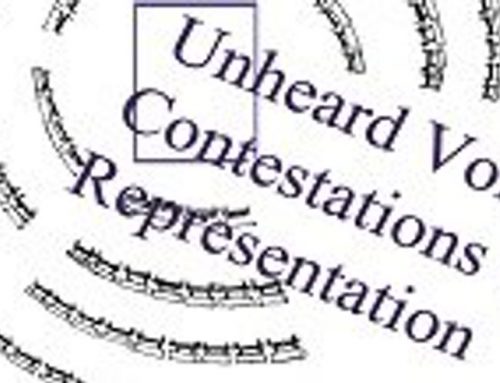Asebe Regassa Debelo, Getachew Tadesse
The project investigates the interface between parliaments and people with the aim of understanding vertical and horizontal connections and disconnections between politicians, constituents and other stakeholders, such as media. Taking the case of Oromia national state, the largest in terms of population and land coverage among Ethiopia’s nine states, and two media houses (one private and the other state media), the project asks how members of the regional council (Chaffee) communicate government policies, strategies, and programmes to their constituents and to what extent they genuinely listen to their constituents’ pleas.
Given the well-known saying that the media is the fourth estate, the project also explores what role it plays in channelling communication between people and their representatives. Navigating security-related issues, such as military control in parts of Oromia, and the inevitable delays caused to fieldwork, the team were able to collect data from five zones in Oromia, namely Borana, West Guji and Guji zones (Southern Oromia cluster), West Wollega zone (western cluster) and Finfinne Surrounding Oromia Special Zone (Central cluster); as well as from media outlets – Oromia Media Network (OMN), Oromia Broadcasting Service (OBS) and Oromia broadcasting Network (OBN).




